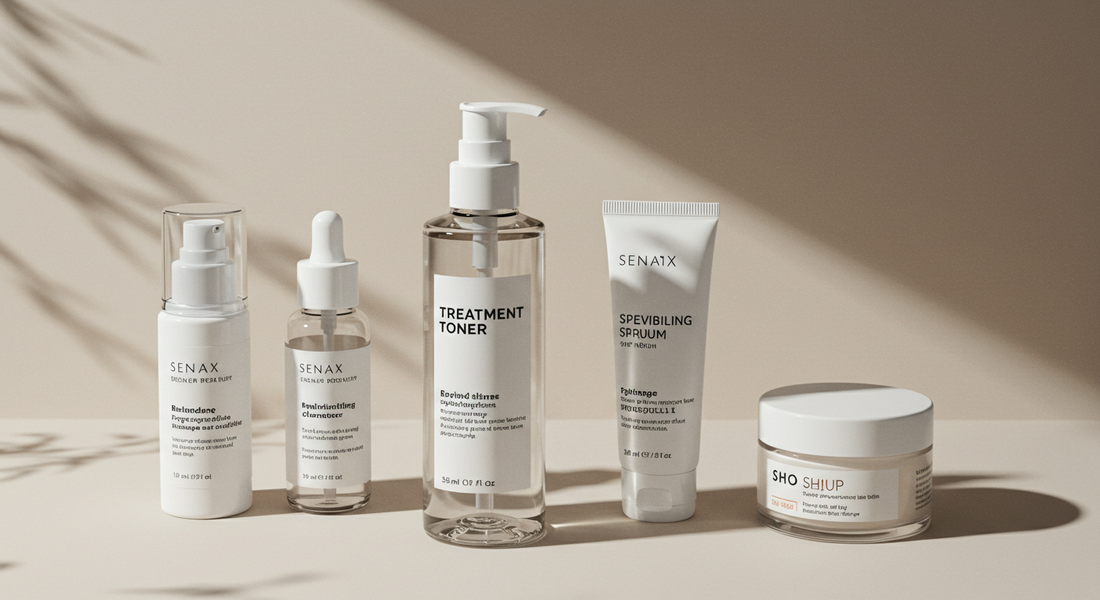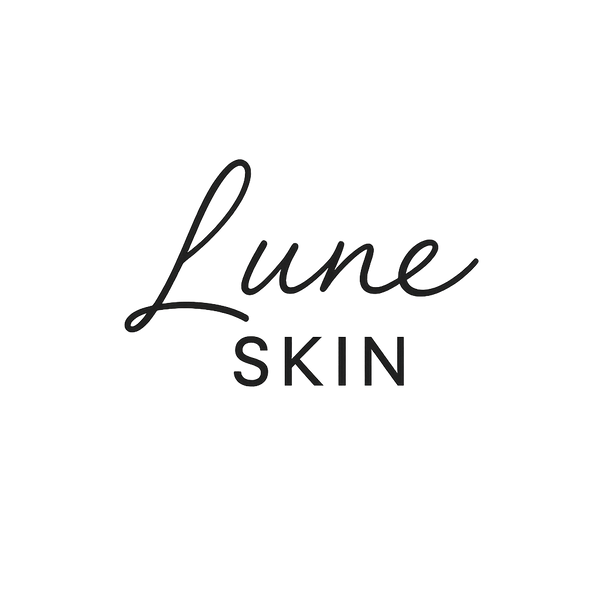
Treatment Toner: The Functional Step Your Skincare Routine Needs
Share
Toners have long been a staple in skincare routines, but the role they play has evolved significantly. Today’s toners do more than just balance pH—they treat specific skin concerns. Enter the treatment toner, a category of targeted skincare that combines hydration with active ingredients designed to address everything from acne and redness to hyperpigmentation and oil imbalance.
In this post, we’ll explore what treatment toners are, how they differ from traditional toners, and how to choose and use the right one for your skin type and goals.
What Is a Treatment Toner?
A treatment toner is a post-cleansing liquid that delivers both hydration and active ingredients to the skin. Unlike classic toners which focus solely on restoring pH balance, treatment toners often contain:
-
Exfoliating acids (like azelaic acid, salicylic acid, or glycolic acid)
-
Anti-inflammatory agents (like green tea extract or allantoin)
-
Hydrating humectants (like glycerin, hyaluronic acid)
-
Brightening ingredients (such as niacinamide or tranexamic acid)
These toners are formulated to be gentle yet effective, helping prepare the skin for serums and moisturizers while delivering noticeable improvements to texture, tone, and clarity.
Key Benefits of Treatment Toners
1. Targeted Acne and Blackhead Control
Many treatment toners contain azelaic acid or salicylic acid, known for their ability to clear pores, reduce inflammation, and prevent breakouts. This makes them ideal for acne-prone and oily skin.
2. Skin Texture Refinement
Toners with mild exfoliants promote gentle cell turnover, helping to smooth skin texture, fade post-acne marks, and reduce roughness over time.
3. Redness and Irritation Reduction
Formulations including azelaic acid, centella asiatica, or green tea help calm sensitized skin and minimize redness, especially for rosacea-prone individuals.
4. Oil Balance Without Over-Drying
Unlike astringent toners, treatment toners aim to regulate sebum production without stripping the skin’s natural moisture barrier.
5. Preps Skin for Next Steps
Because of their light texture, these toners enhance the absorption and efficacy of serums and creams, making them a crucial first leave-on treatment in your regimen.
Who Should Use a Treatment Toner?
Treatment toners can benefit a wide range of skin types and concerns, depending on the formulation:
| Skin Type | Recommended Ingredients | Purpose |
|---|---|---|
| Oily/Acne-prone | Salicylic acid, azelaic acid | Decongest pores, prevent breakouts |
| Dry/Sensitive | Allantoin, panthenol, glycerin | Soothe and hydrate |
| Combination | Niacinamide, green tea | Balance oil and calm inflammation |
| Hyperpigmentation | Azelaic acid, tranexamic acid | Fade dark spots and brighten tone |
| Redness-prone/Rosacea | Azelaic acid, centella asiatica | Calm and fortify barrier |
How to Use a Treatment Toner
-
Cleanse first.
Apply the toner to clean skin immediately after drying. Use your palms or a cotton pad depending on preference. -
Apply gently.
Avoid scrubbing—just pat or swipe across the face, focusing on problem areas like the T-zone or breakout zones. -
Use once or twice daily.
If using a toner with exfoliating acids, start with once daily or every other day to avoid over-exfoliation. -
Layer thoughtfully.
Follow with serums or moisturizers that support barrier repair and hydration. Always finish with SPF in the morning.
Treatment Toner vs. Traditional Toner: What’s the Difference?
| Feature | Treatment Toner | Classic Toner |
|---|---|---|
| Purpose | Treats specific skin issues (e.g., acne, dullness) | Balances skin pH after cleansing |
| Key Ingredients | Actives (acids, niacinamide, anti-inflammatories) | Water, witch hazel, floral extracts |
| Texture | Lightweight, sometimes slightly viscous | Usually watery |
| Function | Prepares skin and delivers benefits | Primarily refreshes and hydrates |
| Ideal For | Concern-focused skincare routines |
Basic maintenance routines |
What to Look for When Shopping for a Treatment Toner
-
Low pH formulations (4.0–5.5) to preserve the skin barrier
-
Transparent ingredient list with actives clearly labeled
-
Alcohol-free and fragrance-free options for sensitive skin
-
Clinical reviews or dermatologist-tested claims for assurance
-
Non-comedogenic and cruelty-free certifications for ethical use


